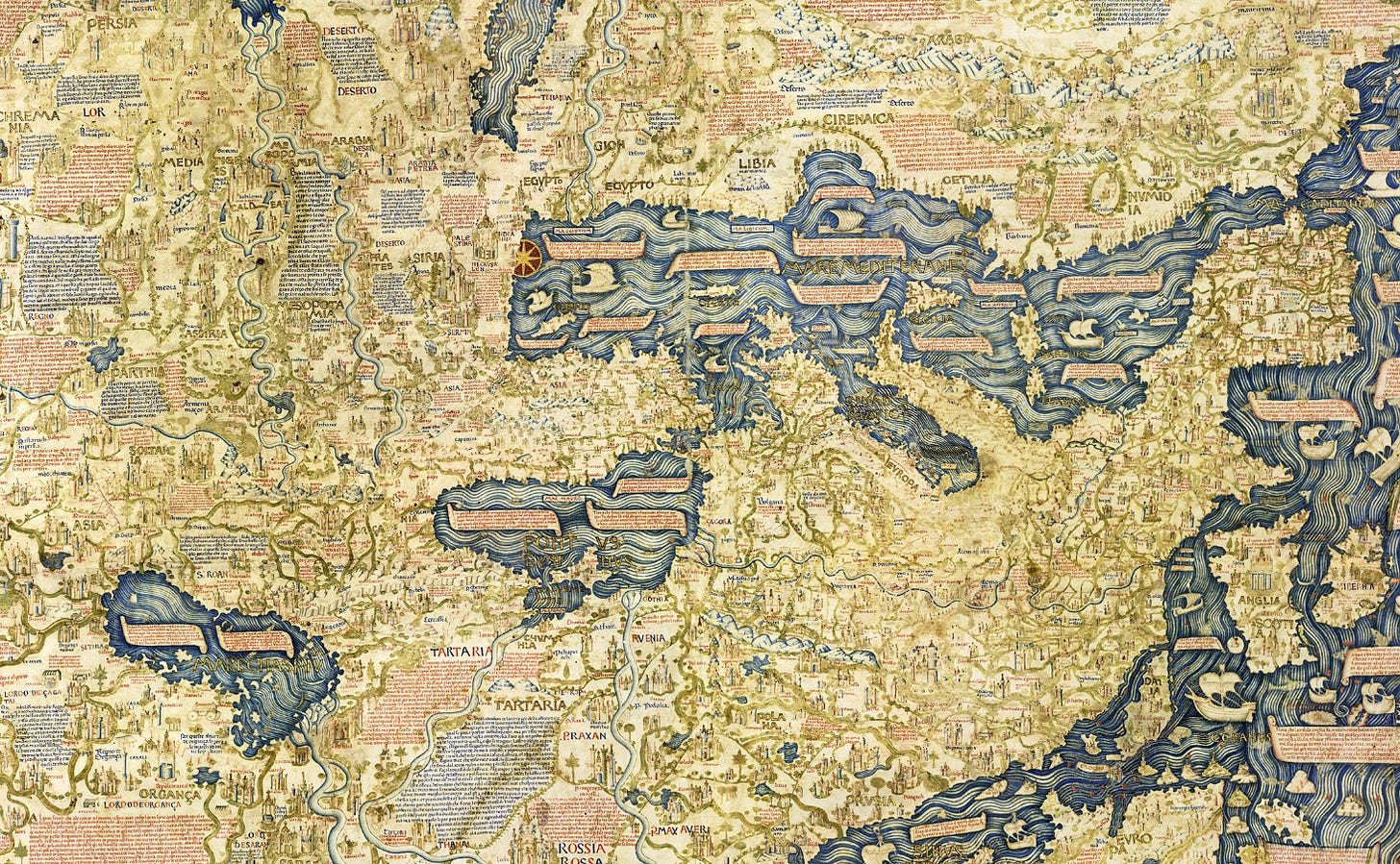Week signals: The missing piece
Plus: watch points for trade, Japan, Argentina, Australia and the Congo.

This week:
IN REVIEW. The Costanza method, understanding tariffs through Trump's eyes, and the internal logic of self-destruction.
UP AHEAD. Offramps for a trade war, problems in Japan and Argentina, empty space in Australia and the DRC.
Week Signals is the Saturday note for clients of Geopolitical Strategy, also available to GD Professional subscribers on Geopolitical Dispatch. Click here to learn more.
The Week in Review: What if he’s right?
The week began with sudden shifts to tariffs on Canada and Mexico. It ended with sudden shifts to tariffs on Europe. As markets fell and confidence tanked, analysts have been trying to identify the method in the White House’s seeming madness on cross-border trade. While the President has long espoused tariffs as a solution to spurring industrial redevelopment, or even replacing income and corporate taxation, many (including in his cabinet) had presumed they would be mainly used as a cudgel (e.g., on defence, border security) than as an objective in and of themselves.
Nobody except Donald Trump truly knows the end game, of course, and his opinions seem to be quite mutable. But we can infer from the patterns so far that he’s prepared to go further in his second term than in his first. And we can also infer he’s willing to accept greater risks and consequences, whether they be in stock prices, lobbying, or votes.
But if predicting the administration’s next moves is hard, then the second and third-order effects are harder still. Most countries have delayed their retaliation to the 25% tariffs on steel and aluminium, but three of the US’s top four trading partners – Canada, the EU, and China – have already implemented tariffs of their own, to which the US has now threatened further retaliation. And in the dynamics of tit-for-tat escalation, we move from linear game theory to exponential chaos theory. Forecasting gets harder. Scenarios get wider. The stakes, for all of us, get higher.
It's thus a useful juncture in which to review our priors: both that tariffs are bad and that Trump is either stupid or playing a convoluted game of chicken. What if tariffs aren’t so bad? What if Trump’s position is genuine and backed by evidence? The President, after all, became rich through his contrarianism and self-belief. By being “the opposite of every guy you’ve ever met”, to quote George Costanza, he not only got elected once, but twice.
And while our base case remains that tariffs are not only economically harmful but will hurt US power in the long term (especially when placed on your allies), the advantage of such a thought experiment is that it allows us to understand why and how a seemingly irrational policy may endure. A key lesson of the structured analytic techniques we use in our client work is that they force you to strip away bias, think the unthinkable, and see the world through another’s eyes (strategic empathy, in other words).
A frequent argument used by Trump and his pro-tariff proponents is that they will protect domestic industries, counteracting unfair practices, such as dumping or subsidies by foreign governments, thus ensuring a level playing field for domestic producers. Another is that they will enhance national security, reducing dependence on foreign supplies for sectors like defence, energy, and critical technology. A third is that tariffs can be a significant source of revenue, thus easing the requirement for higher corporate and income taxation. Commerce Secretary Howard Lutnick hinted at this earlier in the week, saying income tax for Americans earning less than $150,000 per year (i.e., most Americans) could end thanks to tariffs (though he also added the rider, "once the budget is in balance").
Of these, the first argument has good evidence. In the 19th century, tariffs shielded nascent US manufacturers from


